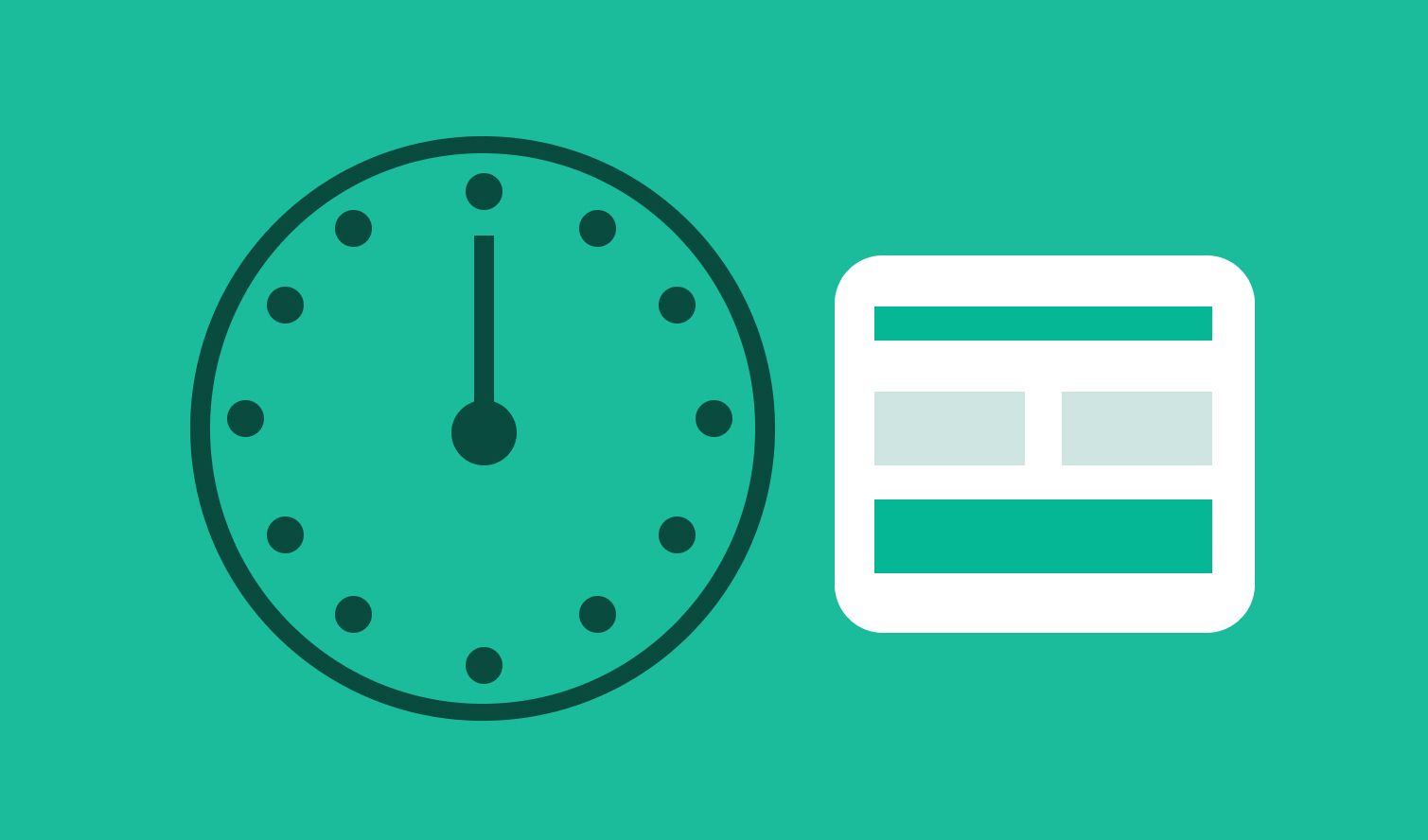Time on task—the measure of how long it takes a user to complete a specific task—has been a cornerstone of usability testing for years. It helps teams understand how effectively users navigate features, identify friction points, and streamline workflows. However, the way time on task is tracked today is often outdated, manual, and insufficient for the realities of modern product development.
In traditional usability testing, time on task is measured in controlled environments, often involving small sample sizes. Users are given tasks, and researchers monitor them, recording how long it takes to complete each one. While this approach provides valuable insights during the pre-release phase, it fails to reflect real-world usage once a product goes live. Post-launch, teams are left relying on sporadic usability studies, support tickets, or subjective feedback to understand where users struggle.
The issue with this traditional approach is twofold. First, it’s resource-intensive. Setting up usability studies requires time, planning, and dedicated research teams. For many organizations—particularly those with smaller UX or product teams—this manual effort isn’t sustainable. Second, it’s incomplete. User behaviors evolve continuously after launch, yet teams lack a mechanism to monitor these changes at scale. Without visibility into real-time data, teams make decisions based on assumptions, risking the delivery of features that fail to meet user needs.
Introducing Trypp: Continuous Time on Task Tracking
At Trypp, we believe there’s a better way to measure time on task—one that happens automatically and continues to deliver insights long after a product is released. Trypp introduces the concept of UX Observability: a new way to track and analyze user behavior seamlessly, ensuring teams have the data they need to optimize products in real time.
With Trypp, time on task is tracked continuously as users interact with your product. By monitoring real-world user sessions, Trypp captures critical usability metrics—such as task completion rates, drop-off points, and time on task—without the need for manual input. This real-time tracking enables product and UX teams to identify friction points, uncover unexpected behaviors, and prioritize updates that enhance the user experience.
What Is UX Observability?
UX Observability is the practice of continuously monitoring and analyzing user interactions to gain a deeper understanding of how products perform post-launch. Just as engineers use system observability tools to identify bugs and performance issues, UX Observability tools like Trypp provide visibility into the human side of product performance. By tracking key usability metrics, Trypp allows teams to observe, analyze, and improve user flows as they happen—empowering data-driven decisions at every stage of the product lifecycle.
Unlike traditional analytics tools that focus on aggregate data (like page views or bounce rates), Trypp zooms in on task-level interactions. You’ll see exactly how users are navigating features, where they’re getting stuck, and how long tasks take to complete. These insights enable teams to pinpoint opportunities for improvement, optimize workflows, and ultimately deliver better user experiences.
Time on task is too valuable to be left to manual testing or guesswork. In a fast-paced digital landscape, continuous insights are essential to ensure products meet user expectations. Trypp automates the tracking of time on task, transforming it into an actionable, post-launch metric. With UX Observability, teams gain the visibility they need to refine designs, prioritize improvements, and deliver exceptional user experiences—every time.

